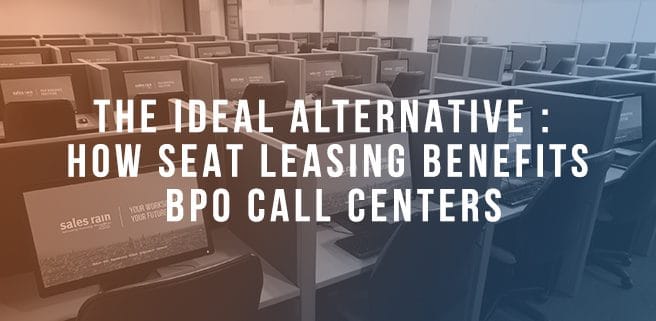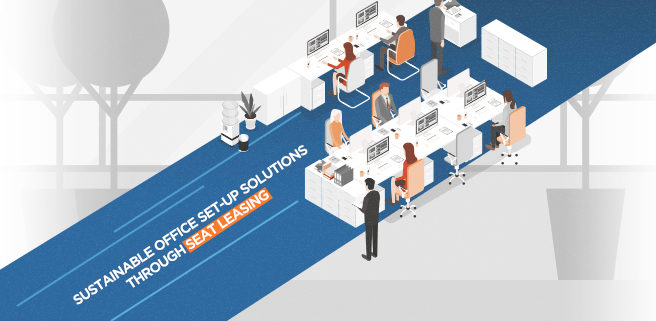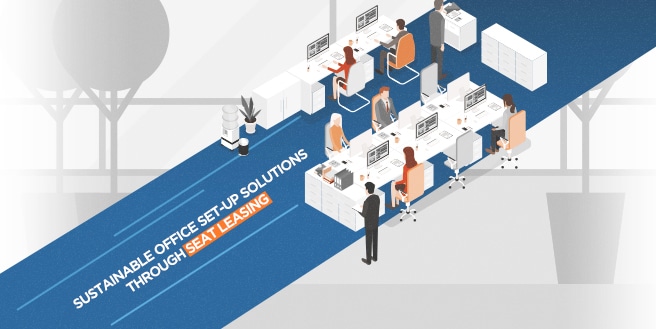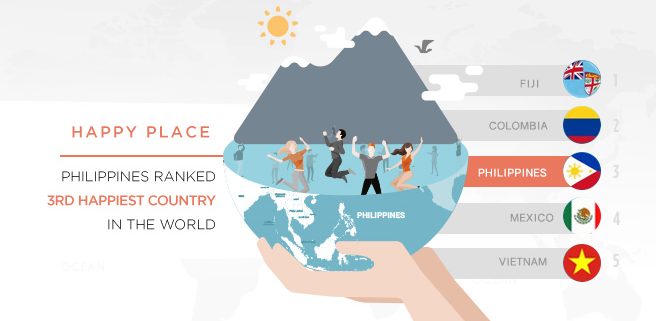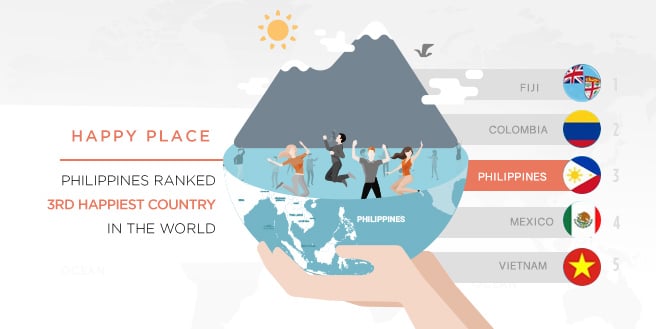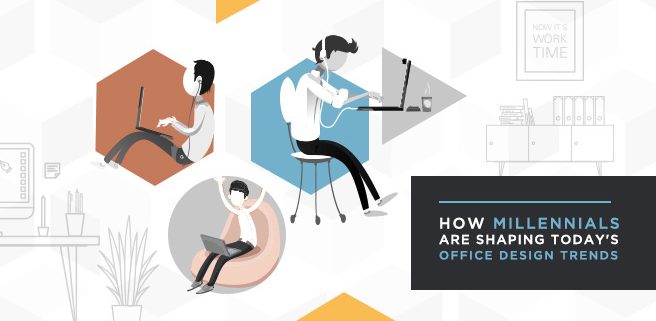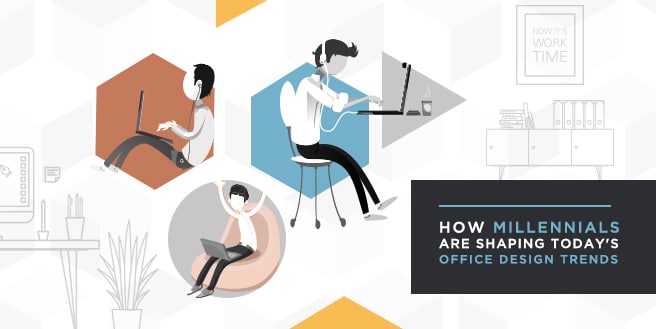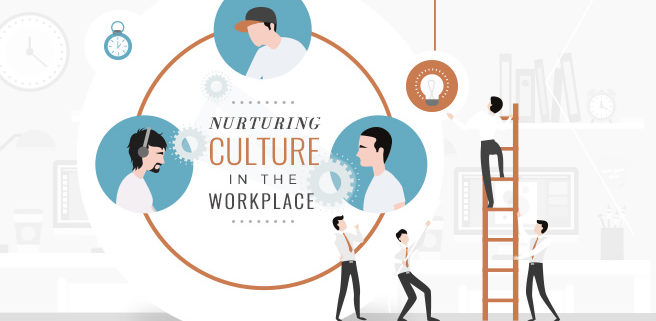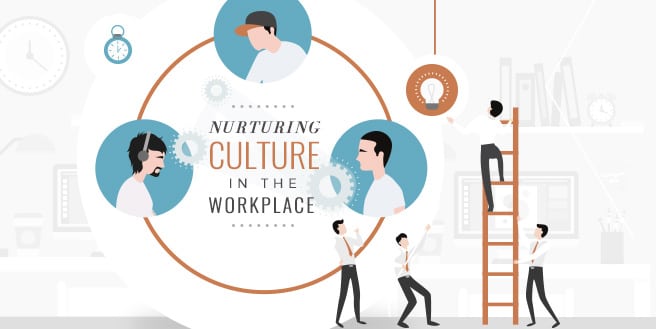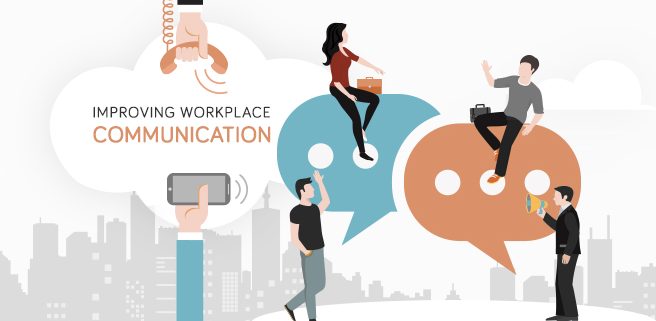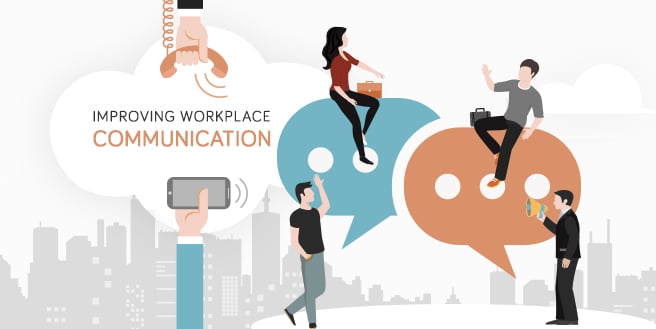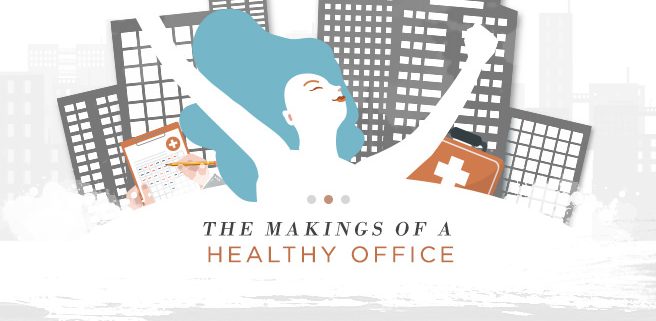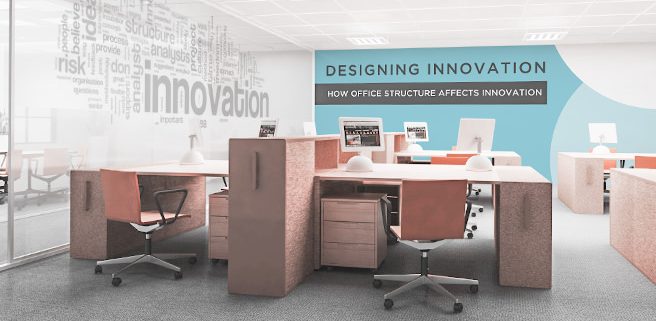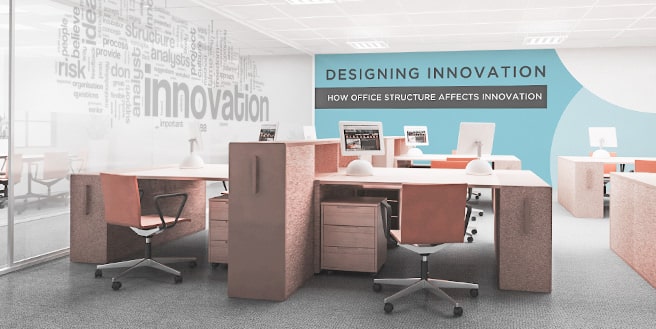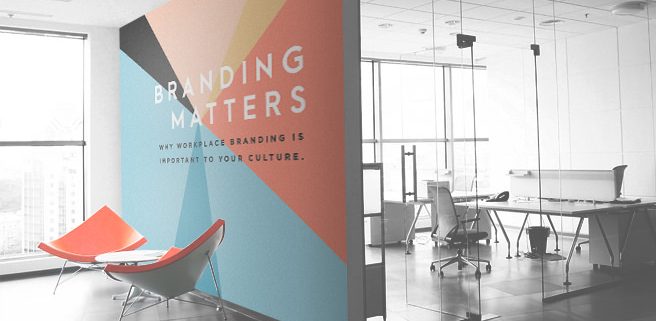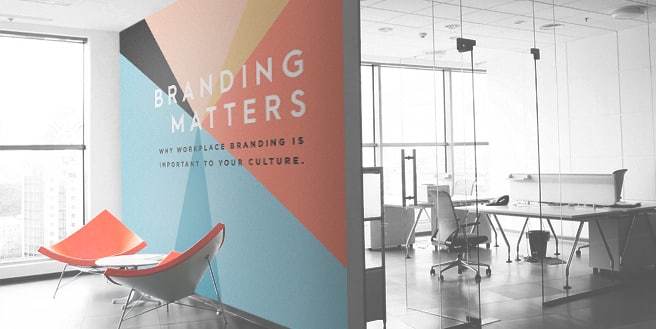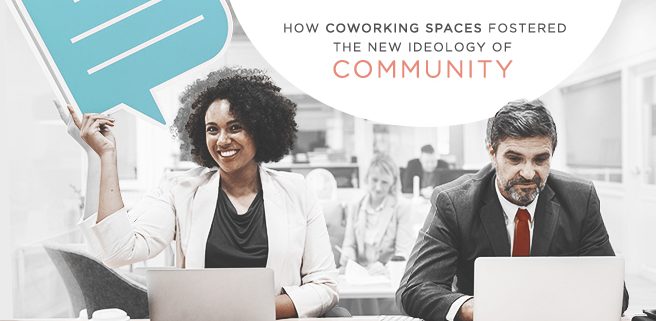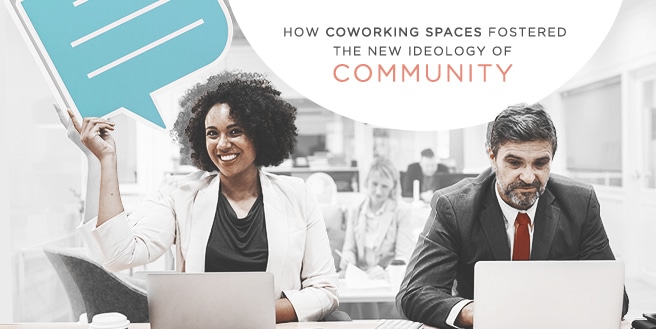The Ideal Alternative: How Seat Leasing Benefits BPO Call Centers
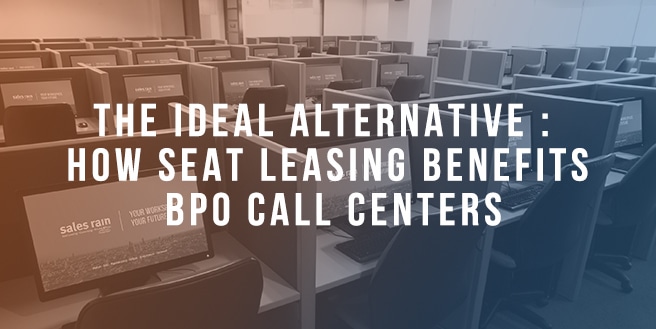
The Ideal Alternative: How Seat Leasing Benefits BPO Call Centers
Today, the BPO (Business Process Outsourcing) sector is among the fastest-growing and most successful industries in the country, and it is said to be the powerful force that drives the Philippine economy. The BPO industry has contributed largely to employment generation, export growth, the rise of telecommunication businesses, and even real estate developments.
And as call centers expand nationwide, there is even greater demand for commercial infrastructures such as offices and multifunctional workspaces.
You are probably wondering why Seat Leasing has dominated the local and international BPO sector for many years.
This arrangement is favorable among call center companies as it offers various innovative business and office space solutions that are both cost-effective and functional. Typically, it comes complete with fully furnished offices equipped with workstations, computers, maintenance, admin & IT support, even outsourcing services, and the list goes on. These long-standing requirements that a traditional working environment could not offer are now made more flexible and affordable with seat leasing.
Now, what makes Seat leasing beneficial for BPO Call Centers?
BENEFITS
Cost-Effectiveness
Many businesses often have a hard time setting up an office because of the upfront capital needed for construction, furnishing, IT Equipment, and many other operational expenses. When companies lease or purchase an office, receiving separate monthly bills for utilities, electricity, and water apart from the actual rental payment can make it even more inconvenient. Not only that, registering a business takes time and presents a huge amount of paperwork.
Seat leasing serves a great alternative for all types of businesses and sizes, whether it’s a startup BPO that has a limited budget in building their own office or an established call center company that cannot afford to wait several months for a business expansion. Seat providers usually offer fully furnished workspaces saving them from the need to buy their own equipment. Moreover, they have the freedom to lease only the number of seats for as long as they need and start their operations immediately without worrying about the amenities.
Flexibility
Seat Leasing offers customizable lease agreements that are entirely based on clients’ specific needs and personal preferences. From specifying the length of commitment, identifying working hours, designing office layout, and choosing which services to procure, all these requirements are possible with leasing seats than renting a traditional space.
Even more so, BPO call center companies can maximize their business efficiency and productivity as most seat leasing providers operate 24 hours a day and are often accessible during weekends, even holidays. With this type of arrangement, they can worry less about expanding their business as scalability is one of seat leasing’s core offerings.
Variety of Workspaces
It does not end with flexible lease term agreements and plug-and-play offices. Seat leasing deals offer not only the workstations, partitions, and basic equipment a call center agent needs but also a wide array of amenities ranging from shared desks, enclosed offices, conference rooms, business lounges, and conventional areas where agents can work according to their needs.
Complete Package
Most BPO call center companies benefit from seat leasing because it offers all-inclusive and ready-to-use deals obliterating the inconvenience and lengthy process of establishing an office of their own. From fully functioning offices equipped with high-end PCs, reliable internet connection, call center software, and VoIP solutions to well-ventilated workspaces, clients can start their operations smoothly. This setup also allows the team to work uninterrupted and achieve maximum productivity.
Moreover, call center work can sometimes be tiresome but granting companies with quality workspace design, top-notch furnishings, and a variety of spaces can lead to a more productive atmosphere. Seat leasing has become a global trend because most providers invest in the overall health and well-being of its members through the kind of working environment they offer.
Those days of spending too much time and money to put up an office are long gone. Today, seat leasing is considered as a viable option for every business and, most importantly, for BPO call center companies who require versatility over luxury. With readily available furnished workspaces and cost-efficient rates, they can focus more on the core processes of their business and alot their time in the improvement of their operations at ease, knowing that everything is running according to plan.
Conclusively, seat leasing does not simply serve as an ideal alternative to traditional office spaces, it also opens doors for startups to thrive and launch their business amidst a highly-competitive market.
If you want to learn more about seat leasing services, get in touch with us today!

